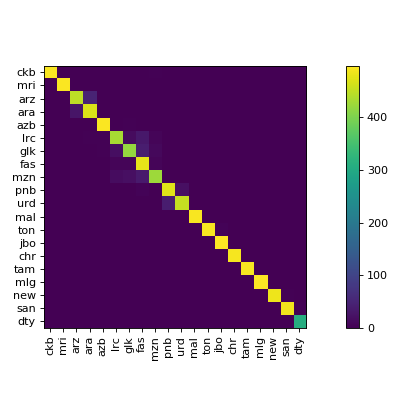Analysis and Optimization of Convolutional Neural Network Architectures
Convolutional Neural Networks (CNNs) dominate various computer vision tasks since Alex Krizhevsky showed that they can be trained effectively and reduced the top-5 error from 26.2 % to 15.3 % on the ImageNet large scale visual recognition challenge. Many aspects of CNNs are examined in various publications, but literature about the analysis and construction of neural network architectures is rare. This work is one step to close this gap. A comprehensive overview over existing techniques for CNN analysis and topology construction is provided. A novel way to visualize classification errors with confusion matrices was developed. Based on this method, hierarchical classifiers are described and evaluated. Additionally, some results are confirmed and quantified for CIFAR-100. For example, the positive impact of smaller batch sizes, averaging ensembles, data augmentation and test-time transformations on the accuracy. Other results, such as the positive impact of learned color transformation on the test accuracy could not be confirmed. A model which has only one million learned parameters for an input size of 32x32x3 and 100 classes and which beats the state of the art on the benchmark dataset Asirra, GTSRB, HASYv2 and STL-10 was developed.
PDF Abstract


 CIFAR-10
CIFAR-10
 CIFAR-100
CIFAR-100
 MNIST
MNIST
 SVHN
SVHN
 STL-10
STL-10
 Caltech-256
Caltech-256
 GTSRB
GTSRB